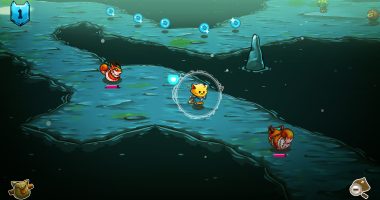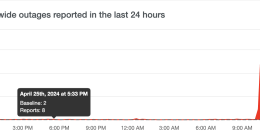

Everything is anxiety-inducing and you’re on your own. You’re alone in an apartment as sirens blare outside in a quiet city, and you don’t know if it’s the police responding to a crime scene or an ambulance transporting another patient who may have Covid-19. You’re alone in the countryside and you’re eating your fifth meal of rice and beans for the week, terrified to go to the grocery store. Social distancing has turned common errands into a game of Frogger you play with other humans. You can’t visit your family, your friends; they could have the coronavirus or you could give it to them. Thinking is the enemy. Life, work, death—pondering any of these will keep you up much longer than you intended, and there’s no one to console you.
The psychological and physical effects of isolation brought on by sheltering in place are all too real. There are many things you can do to protect the health of your mind and body while stuck inside, but, frankly, sometimes all anyone needs is a hug, a squeeze on the shoulder, things rendered dangerous by the easily communicable coronavirus. But there is something that can replicate sensation: ASMR. Autonomous sensory meridian response—that scalp tingle, that “brain orgasm,” that gets triggered by certain sounds like whispers or fingernails scratching—can help us feel like we’re being touched during a moment when we need it most.
Unlike meditation or introspection, which take a lot of work and require you to look internally, ASMR also blessedly provides a distraction. Firing up YouTube and listening to someone play with slime or tinker with toys is a window into a different life, and it provides the sense of relaxation and arousal (not sexual, but stimulated) that other more techniques do not. That sense of diversion coupled with comfort means ASMR “may be uniquely suited to these times,” says Greg Siegel, director of the Program in Cognitive Affective Neuroscience at the University of Pittsburgh. Moreover, according to research done by Giulia Poerio, a lecturer and researcher at the University of Essex, those who experience ASMR response show lowered heart rate and increased skin conductance, indicators that the emotion and intimacy felt is based on a real physiological response.
That’s important, because for many, there is no physical intimacy without immense risk anymore. There are the people you are isolated with, and there are potential carriers of Covid-19. With some two-thirds of Americans now under some kind of stay-at-home order, folks are becoming more and more separated. Some are sheltered with friends and family, but not all. When folks can’t touch or be touched, their brain’s threat response levels escalate at alarming rates. Physical and social connectedness provide the brakes needed to slow the roller coaster. For those who don’t have that, ASMR can fill the void.
“I usually put it on to fall asleep more easily when there isn’t someone around me,” says Stew Frick, an artist in Pittsburgh who has been watching ASMR videos for years. For most of that time, Frick’s consumption was sporadic, but now that his girlfriend can’t stay over without exposing them both to risk, ASMR has become a necessary part of his nightly routine. It provides assuredness and comfort—Stew’s preferred genre of ASMR is craftsmen discussing their work, a preference that stemmed from a fascination with Bob Ross—and an opportunity to watch others exist. It’s a reminder that our complications and concerns are fleeting.
But, it also provides the tingle for Frick and countless others. Some people don’t experience the tingle. To them, ASMR content is just an internet oddity or a weird fetish they can’t understand. But they wouldn’t see it that way if they felt the tingle. It starts in the scalp and moves to the spine and hits the lights on the rest of the outside world. Some people don’t think they experience it until you tell them different things about it, like the seemingly more universal “frisson” response—the chills you get when reacting to a moving piece of music or film.
The tingle happens differently for different people, but the physiological impact is the same. “It is essentially like being touched without being touched,” says Poerio. “The sensation of the tingling is a tactile sensation.” Siegel agrees, noting that those who experience ASMR often report that they get the same level of satisfaction as when they are touched—not sexually, but in a comforting way, like a hug, or someone brushing the hair back from your face. This may help explain why searches for ASMR on YouTube have shot up in the weeks since the coronavirus contact drought began.
It also explains why some ASMRists are looking at the service they provide a bit differently. Charlette, who runs the YouTube channel WhisperAudios ASMR and withholds her last name for privacy reasons, says she’s upended her plans for the year to focus on videos that might be more beneficial right now. An upcoming series based on booking and enjoying a holiday, for example, has been scrapped for fear that it may trigger depressing thoughts or memories of the outside world. Instead, she says, her focus is going to be more on social experiences, like board games or small gatherings in the living room.







